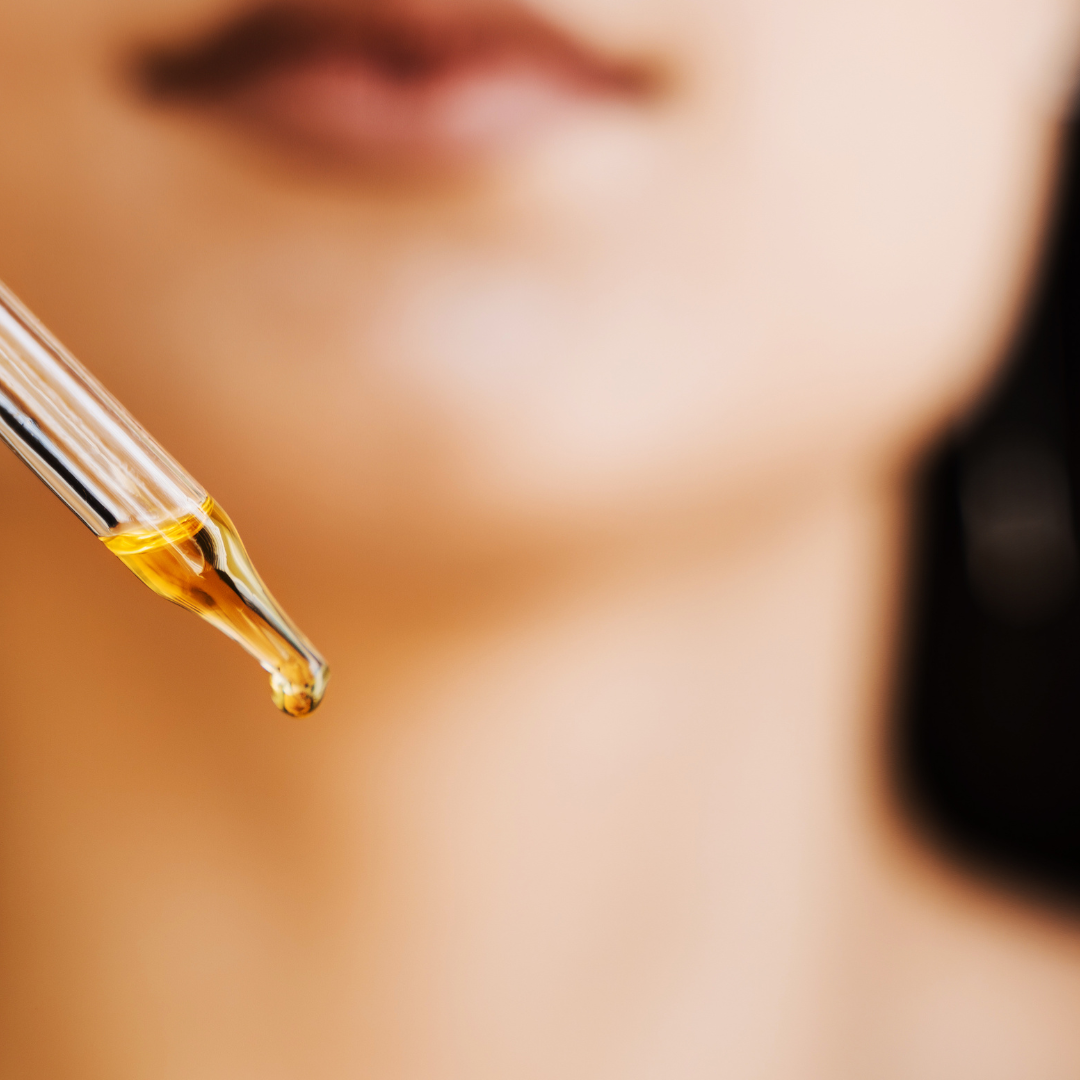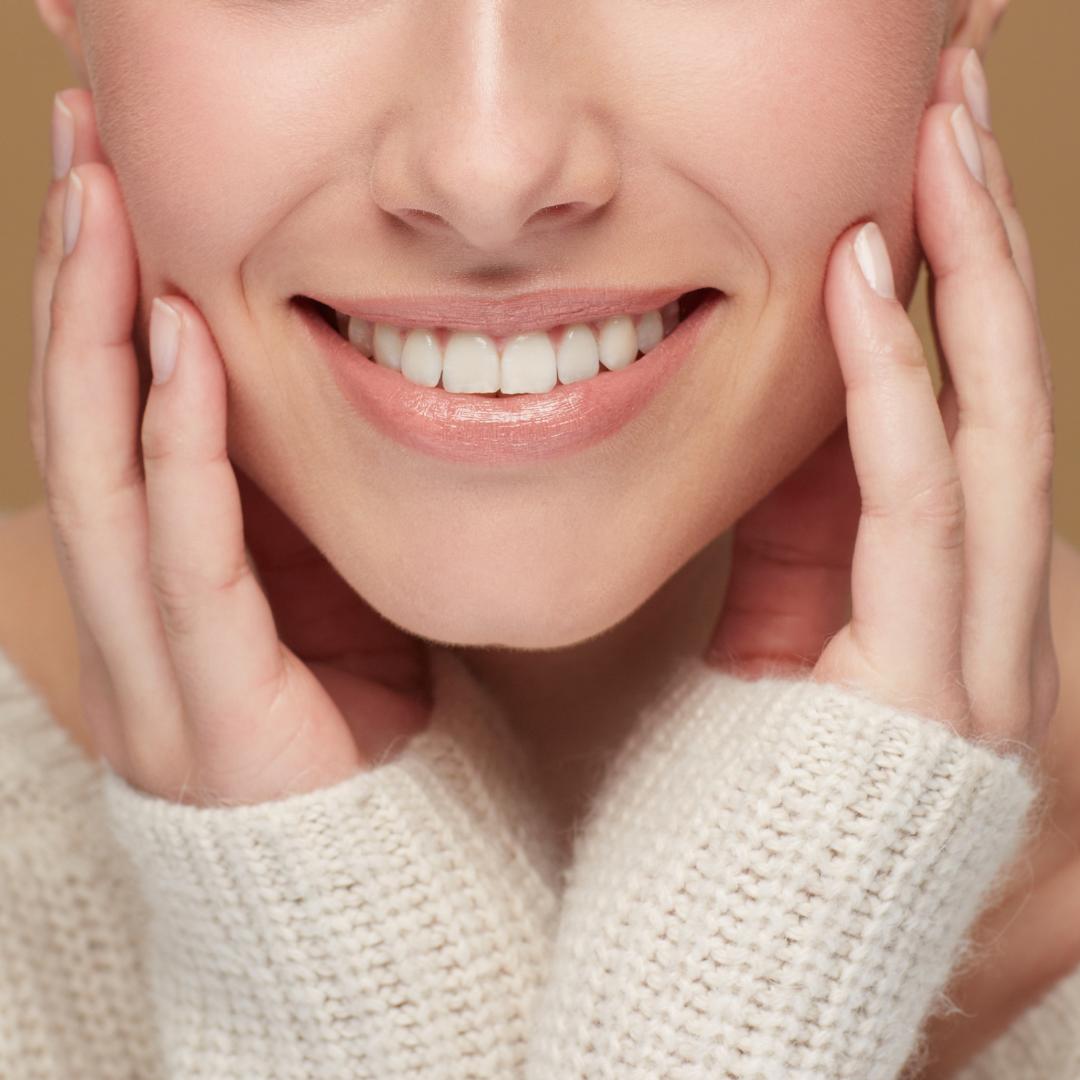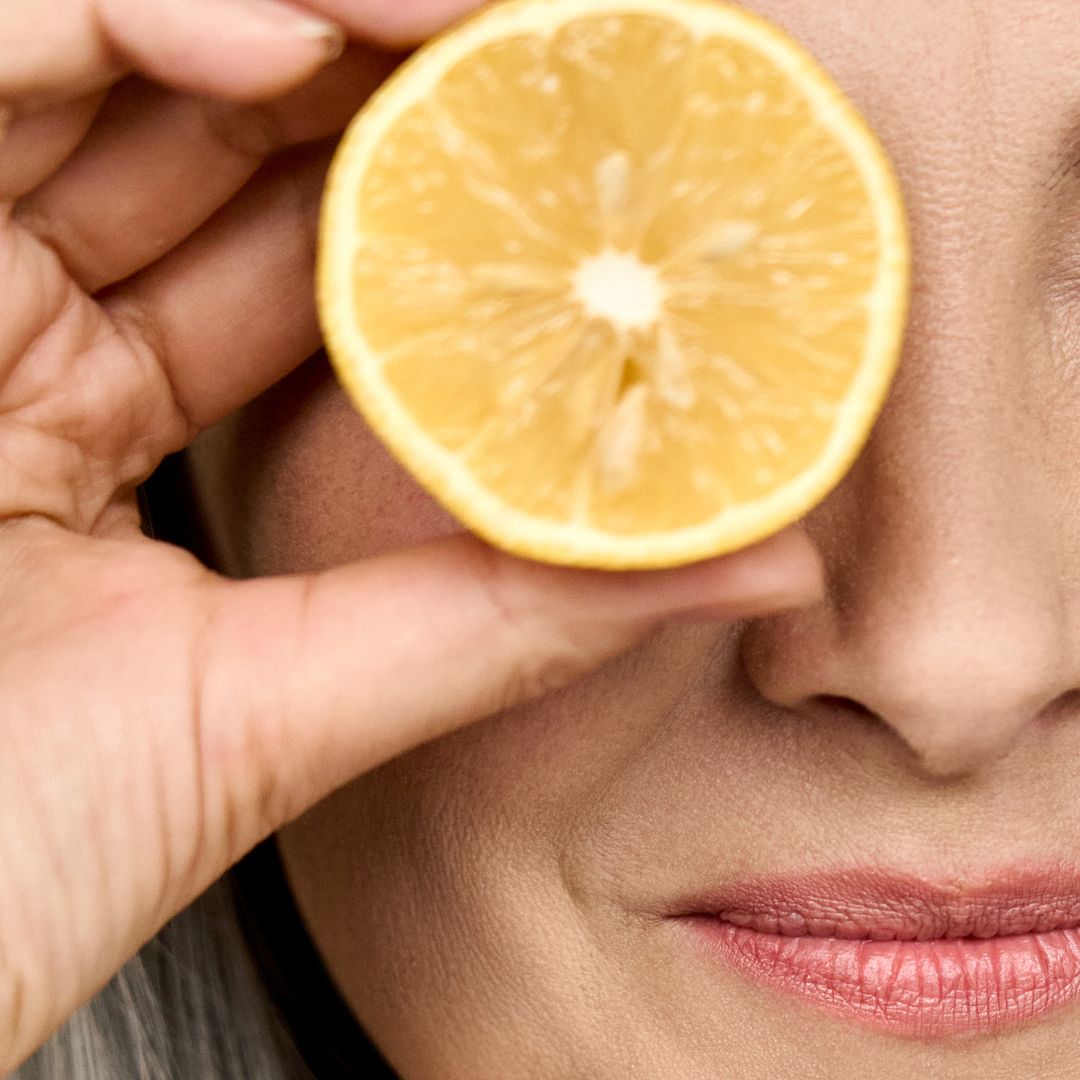
Ideally, cosmetics are well tolerated by both us humans and the environment. With vegan and natural cosmetics , our health and the resources of our environment are protected. As a result, there is a growing demand for transparent, clean ingredients and a desire to detox—both in terms of our diet and the products we use. Consumers are becoming better and better informed about possible irritations caused by synthetic additives and are studying content more carefully.
In this article we explain what natural means and where the difference to synthetic lies.
Natural cosmetics: Cosmetics with natural ingredients
The ingredients in natural cosmetics are mostly of plant or animal origin. Frequently occurring, natural ingredients are oils, fats and waxes such as argan oil, coconut oil, almond oil, shea butter, cocoa butter or beeswax.
The advantages of natural cosmetics:
- The skin is supplied with fewer and more natural ingredients. However, natural cosmetics can also contain ingredients such as alcohol or perfume.
- By dispensing with heavily processed ingredients, the natural healing powers of plants - enzymes, vitamins, minerals and antioxidants - remain fully active.
- The more conscious selection of products and their ingredients improves the complexion.
- Less chemicals and plastic improve the ecological footprint.
- You often support small cosmetics labels that really want to improve the world and the problems of their customers.
Synthetic ingredients
Definition – what does synthetic mean?
In chemistry, synthetic simply means relating to the synthesis . Synthesis , in turn, is the construction of a new substance from several substances. This means that the substances are produced artificially during production and are not obtained purely naturally from plants.
Synthetic ingredients , which are mainly found in conventional cosmetics , are substances that have been produced synthetically. These include artificial dyes, polyethylene glycol, parabens, paraffins, silicones, synthetic fragrances and emulsifiers , whose effect and influence on our body is controversial.
How toxic an ingredient is classified depends on where you live. While the EU bans over 1,300 ingredients from cosmetics, the US cosmetics industry is one of the least regulated, with just 30 banned ingredients.
Frequently discussed ingredients at a glance:
- Artificial colors
- Mineral oils (petroleum, petrolatum, paraffinum, liquidum)
- Silicones (like Dimethicone)
- Sodium Lauryl Sulfate (SLS)
- Phthalates (DBP, DEHP, DEP, BPA)
- Parabens (methyl, ethyl, butyl, propyl)
- Essential oils, drying
- alcohols
- silicones
- fragrances
- sulfates
You can find a list of questionable ingredients in cosmetics on Utopia.
Semi-synthetic cosmetics
There are some cosmetics manufacturers who mainly rely on plant or animal ingredients, but still don't completely do without chemical-synthetic ingredients . Such natural cosmetic products usually do not meet the requirements of the natural cosmetic seal, but they do not always have to be questionable.
Clean Beauty: Always free from synthetic ingredients?
The term clean beauty is on everyone's lips. Is Clean Beauty always clean and free of synthetic ingredients?
- Clean Beauty is by definition free of harmless ingredients (including PEGs, parabens, volatile silicones, microplastic particles and certain dyes).
- Usually avoids animal ingredients.
- Has a high proportion of natural ingredients and as few ingredients as possible overall.
- Incidentally, statements such as 'free of chemicals' are meaningless because all ingredients are chemicals, regardless of whether they are natural or synthetic.
Fresh cosmetics - free of preservatives
The preservation of cosmetics is a much-discussed topic: on the one hand, it ensures shelf life, on the other hand, certain preservatives can lead to skin irritation and even trigger allergies.
Zkin Lab therefore works with natural ingredients and does not use harmful preservatives, which is why the personalized cream has a shelf life of only 3 months. This is possible because the cream is not stored but is freshly made. Each cream can be individually adapted to different skin types.





